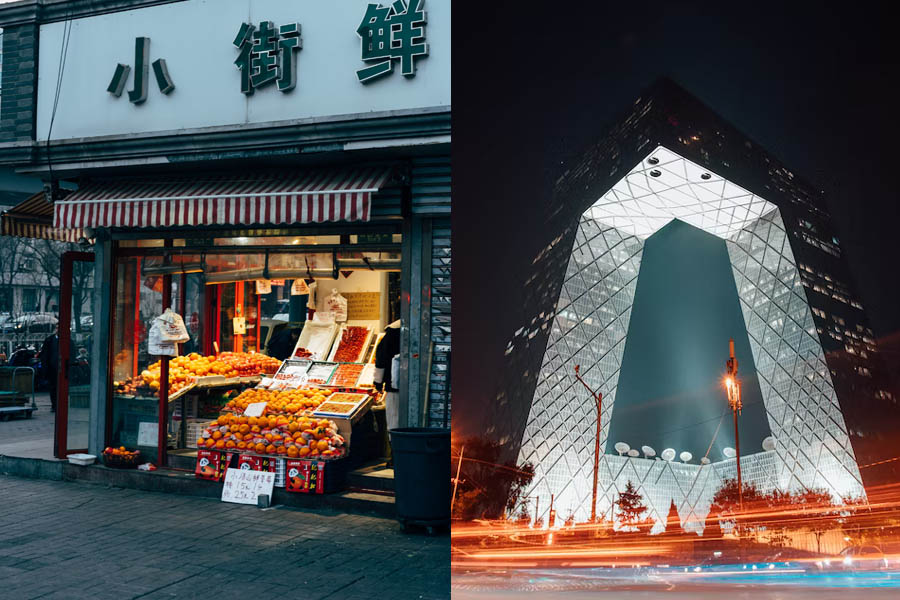
China, the world's second-largest economy, concluded 2023 with a growth rate of 5.2%, marking one of the lowest levels in decades. The economic landscape is shaped by the aftermath of a property-sector collapse and weakened consumer confidence, despite the lifting of all Covid-19 restrictions. This article delves into the key factors contributing to China's economic challenges and the strategies being employed to navigate this complex terrain.
GDP Slowdown and Historical Context
China's GDP growth of 5.2% for both the fourth quarter and the full year in 2023 is a stark contrast to the robust figures seen in previous years. The last time the country experienced such a slow annual growth rate was in 1990, following the political turmoil of the Tiananmen Square movement in 1989. The economic challenges of 2023 come after a 3% growth in 2022 and a meager 2.2% in the pandemic-ridden year of 2020.
Immediate Challenges and Economic Drivers
In the short term, China faces a confluence of challenges, including a softening demand for exports, cautious consumer spending due to weak job markets, and hesitance from private businesses in making new investments. The government's push to cultivate new growth engines in sectors like electric vehicles and renewable energy is showing promise but may not fully compensate for the decline in the real-estate sector.
Demographic Shifts and External Pressures
China grapples with a rapidly ageing population, high debt levels, and deteriorating relations with the U.S.-led West. The official release of data further highlights demographic concerns, with the population shrinking by 2.08 million in 2023, reaching 1.41 billion. Over a fifth of the population is now aged 60 or above, posing challenges for sustained economic growth.
Policy Responses and Economic Outlook
Chinese policymakers have refrained from significant stimulus measures, opting for smaller interventions like interest rate adjustments and targeted support for distressed property developers. Despite these efforts, concerns linger about the risk of deflation and the overall economic trajectory. The government's commitment to avoiding excessive stimulus aligns with President Xi Jinping's cautious approach rooted in ideological considerations.
Market Reactions and Investor Sentiment
Following the release of the economic data, Chinese stocks experienced a decline, with the CSI 300 index down 1.4%. Foreign portfolio managers have been exiting the market, and individual investors are shifting to safer assets, reflecting concerns about the state of the economy.
Long-Term Implications and "Peak China" Debate
Looking ahead, economists debate whether China is approaching a "peak China" scenario, where its economic growth may plateau relative to other global economies. Factors such as the country's demographic challenges, regulatory crackdowns, and geopolitical tensions contribute to uncertainties about its future economic trajectory.
In conclusion, China stands at a crossroads, facing immediate challenges and navigating long-term structural shifts. The delicate balance between sustaining growth and addressing underlying issues will determine the country's economic trajectory in the coming years. As the world watches, China's economic policies and responses will shape its role on the global stage.